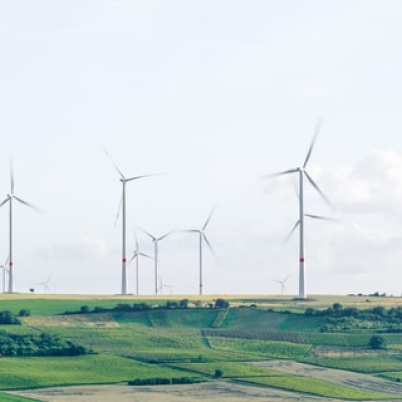Forecasting tropical cyclones in a changing climate
Most of us engage with weather forecasts when we’re trying to plan our weekends, but they can also help us understand and cope with our rapidly changing climate. Data gathered for forecasts is a vital tool in tracking the progress of the current climate emergency; forecasts are also necessary to predict extreme weather events, such as tropical cyclones (also called hurricanes or typhoons), which have claimed about 10,000 lives per year since 1971. Changes to storm intensity, combined with growing coastal populations and the challenge of predicting weather in a changing climate, makes forecasting cyclones a vital area of research.
References
You may be interested in reading about
All articles
2/3/21
An overview on climate sensitivity
Human-induced climate change, driven by increasing emissions of atmospheric greenhouse gases, remains an ever-increasing issue at the centre of climate science whilst also having implications for society, policymakers and governing-bodies.

1/3/21
The energy charter treaty
A new law on climate change and the energy transition is about to come to light in Spain, with the aim of limiting global warming to 1.5 degrees and meeting the pledges made by the European Union at the Paris Agreement.

19/1/21
Delhi and the River of Love
As I drove by the bridge on the river Yamuna, it looked calm, serene, and inviting. However, getting closer, the unmistakable smell of decay greeted me. The banks were full of rubbish and the river was black. The stillness of the calm and serene river turned out to be death.

30/4/20
On track for low-carbon academia
The role of academia in the transition to low-carbon societies is invaluable. We produce the science, we communicate it, and in the process of doing so comes the question “should we also change academic practices accordingly?”

